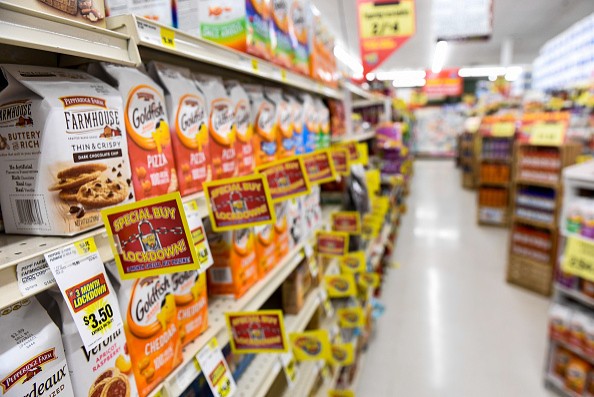SNAP, or Supplemental Nutrition Assistance Program, is boosting benefits for families throughout the country beginning October 1.

Increase of SNAP Benefits
In a recently published article in WRDW, SNAP payments typically rise by 1% each year but beginning Friday, October 1, and they will increase by 15 percent or approximately $35 per month per household. The Thrifty Food Plan, which is used to calculate SNAP payments, has been reevaluated by the United States Department of Agriculture. The money was raised by looking at four main categories: current food costs, what Americans usually consume, dietary advice, and the nutrients in those foods.
Additionally, once a year, the US Department of Agriculture modifies Supplemental Nutritional Assistance Program payments to account for fluctuations in food costs. When the federal agency raises those benefits, which help people purchase food, on October 1, 2021, it will consider two additional variables.
The Thrifty Food Plan, an estimate of the lowest cost of food to fulfill a family's requirements, has received an extraordinary upgrade. The 42 million Americans participating in SNAP, which replaced food stamps, will benefit from the largest-ever permanent boost in benefits, putting a better diet within reach, according to a published article in News Channel 21.
Read Also : $835 Monthly Food Stamp Aid May Be Provided Soon: Who Can Benefit from Joe Biden's 25% SNAP Increase?
Frequently Asked Questions About SNAP Benefits
How Much Each Household Will Receive?
In a published article in The Conversation, for a family of four with little or no income, the maximum SNAP payment will increase to $835 per month. After inflation, that's a 21 percent increase above pre-pandemic levels.
Since March 2020, states that operate this federally sponsored program have been able to provide every SNAP-eligible family with the maximum amount of aid for their household size as emergency assistance during the COVID-19 pandemic. In most cases, SNAP payments are given on a sliding scale depending on household income.
Without emergency assistance, a single individual might get a monthly benefit of as little as $20. They will get $250 as a result of it. Many families that would normally qualify for lesser SNAP benefits have received hundreds of dollars more each month as a result of this program.
What is a Thrifty Food Plan?
The Thrifty Food Plan is a budget-friendly and nutritionally sufficient diet for a family of four with two children under the age of 12. When determining monthly SNAP payment levels, the USDA uses these criteria.
The Thrifty Food Plan was established by the agency in 1975. The plan contained shopping lists of items that were intended to satisfy national dietary standards and food consumption trends, and it replaced a prior system established in 1962.
Many food insecurity specialists and proponents for a greater safety net have said that it does not cover the whole expense of feeding a family from the outset. Observers claimed that the organization's assumptions about how much time American families spend shopping for food and cooking meals, as well as what they consume, grew more unrealistic over time.
Why Did SNAP Benefits Not Increase in the Past?
Until 2021, the USDA has only revised the Thrifty Dietary Plan three times: in 1983, 1999, and 2006, to reflect changing nutritional advice and food choices. However, apart from inflation-related changes, the USDA has never updated the Thrifty Food Plan in such a manner that purchasing the suggested food would cost more. As a result, the government has never raised the buying power of food stamps.
© 2025 HNGN, All rights reserved. Do not reproduce without permission.








